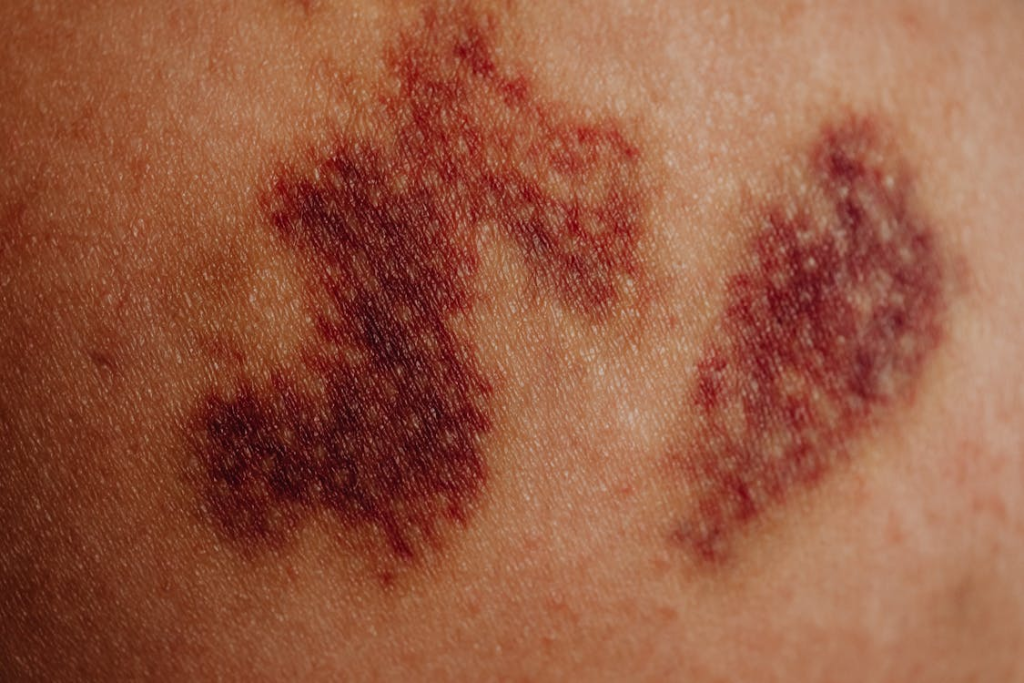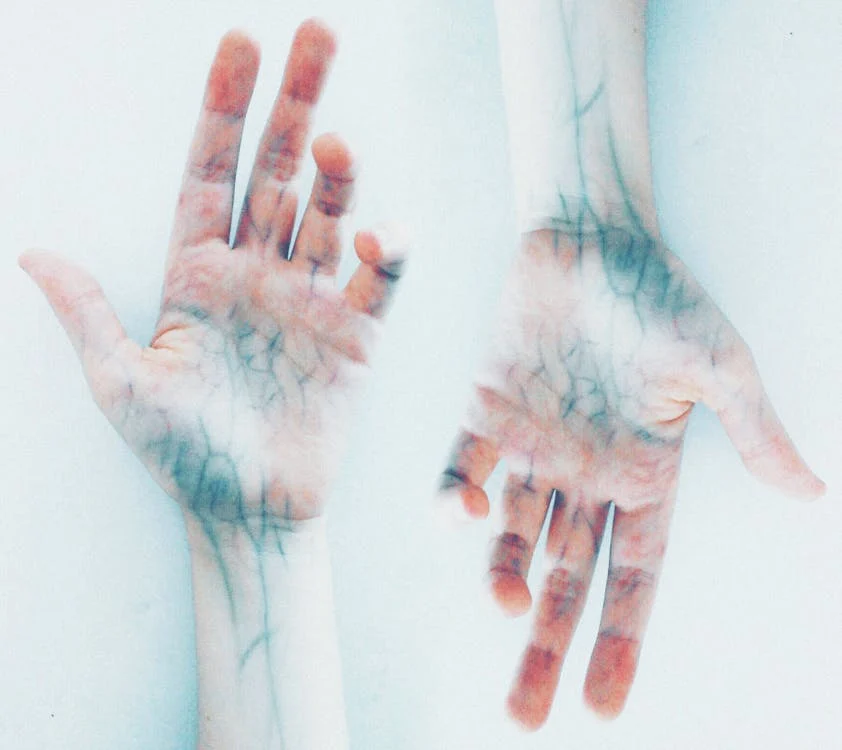While visible veins may be cosmetically unappealing, their appearance is usually not a cause for concern. Activities like exercise, skin tone, exposure to the sun, tight clothing and hot temperatures can cause bulging veins. Aging, genetics, and being overweight may also contribute to veins being more noticeable. These enlarged, twisted veins appear prominently beneath the skin surface, particularly on the legs and feet. However, more uncommonly, bulging veins could be an indication of a serious health condition like blood clots. If you have visible veins with severe discolouration that cause discomfort, consult a health professional.
Understanding What Causes Bulging Veins

Veins are blood vessels responsible for the transportation of deoxygenated blood back to the heart. Bulging veins develop when blood pools in weakened or damaged veins instead of flowing efficiently back to the heart. The circulatory system relies on one-way valves within veins to prevent blood from flowing backward. When these valves malfunction, blood builds up in the affected veins, causing them to stretch and bulge outward.
Blood Pooling

Blood pooling can occur in both small and large veins. In the small blood vessels or capillaries, spider veins develop when blood builds up within them. These veins create thin, web-like patterns that spread across the face and legs. Spider veins display red or blue coloration and maintain a flat appearance against the skin surface.
Unlike their larger counterparts, spider veins rarely bulge out above the skin level. Spider veins rarely call for medical intervention. Most patients seek treatment for spider veins to improve their appearance rather than address health issues. The thin structure of spider veins distinguishes them from bulging varicose veins. While varicose veins can cause pain, swelling, and other symptoms, spider veins typically remain asymptomatic.
Other Factors contributing to Bulging Veins





